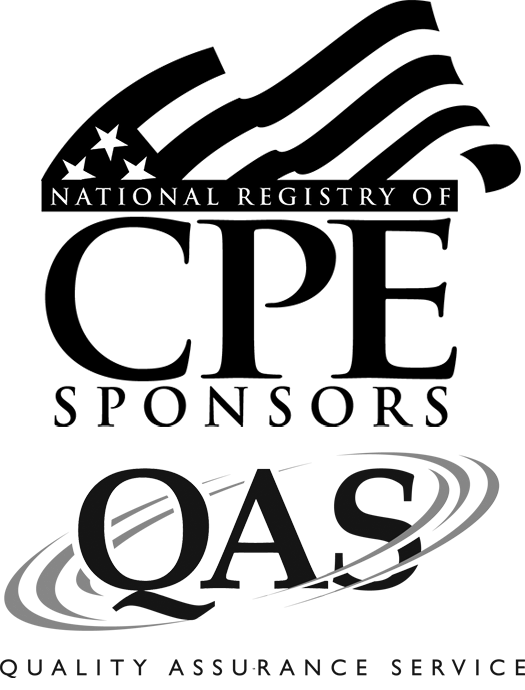Self-Study Course Details
Course Description
Annual budgets quickly lose their accuracy and relevance as the fiscal year progresses. A rolling forecast is a tool many companies have implemented to maintain an accurate financial picture of the future and to continuously promote strategic thinking. Some companies replace traditional budgets with rolling forecasts and other processes.
Rolling forecasts provide:
- Better readiness for a changing business environment
- Improved cash flow planning
- More meaningful variance reporting
The best practice use of rolling forecasts begins by clarifying the roles of budgets and forecasts. Specifically, forecast accuracy is increased by separating it from performance management and compensation processes. This improves forecast accuracy.
The efficiency needed to perform forecasts throughout the year is achieved through driver-based forecasting. You'll learn how to build these forecasts. Eliminating traditional budgeting also frees up resources for rolling forecasts.
The course then explains how to implement rolling forecasts. You'll learn the key implementation decisions and steps. I'll show sample reports and how to build them. Rolling forecasts can be built via spreadsheets can be built with spreadsheets, business intelligence (BI) software, or forecasting software. We'll look at the pros and cons of each.
Rolling forecasts have many benefits, but they won't solve all your problems. They may create some new challenges for you. I'll list some challenges you may face and ideas to mitigate them.
Learning Objectives
- Recognize the benefits and challenges of rolling forecasts
- Recall how to build a driver-based forecast
- Identify the steps for building rolling forecasts
Prerequisites
- None
Advanced Preparation
None
Author Details
-

Robert Stephens
Rob Stephens is the Founder of CFO Perspective, which provides continuing education courses for CPAs and financial management courses for business advisors and staff. He has been quoted in Forbes, U.S. News and World Report, Business Insider, Business News Daily, and many other news sources. Rob has a 25-year career that includes serving as CFO for two banks and a health clinic system. He was also Director of Operations at a $4 Billion bank and SVP of Finance of a $2 Billion credit union. Rob is an adjunct instructor for the MBA program at Gonzaga University.
Rob holds a Masters of Science in Personal Financial Planning and a Graduate Certificate in Financial Therapy from Kansas State University. He received a B.A. in Business Administration from the University of Washington and is a CPA.
NASBA Sponsor
-
 Encoursa is registered with the National Association of State Boards of Accountancy (NASBA) as a sponsor of continuing professional education on the National Registry of CPE Sponsors. State boards of accountancy have final authority on the acceptance of individual courses for CPE credit. Complaints regarding registered sponsors may be submitted to the National Registry of CPE Sponsors through its website: NASBAregistry.org.
Encoursa is registered with the National Association of State Boards of Accountancy (NASBA) as a sponsor of continuing professional education on the National Registry of CPE Sponsors. State boards of accountancy have final authority on the acceptance of individual courses for CPE credit. Complaints regarding registered sponsors may be submitted to the National Registry of CPE Sponsors through its website: NASBAregistry.org.
$40.00
CPE
-
Webinars: CPE certificates will be accessible through your dashboard 1 hour after a webinar concludes.
Self-Study: CPE certificates will be accessible through your dashboard immediately after passing the qualified assessment.
For specific instructions on accessing your CPE, please see our FAQ section on our support page.
- Multiple Attendees on Webinars: Each attendee should register separately for the webinar. If more than 1 attendee participated from the same device, please contact us after the event to let us know. For group signups for paid events, please contact us.

